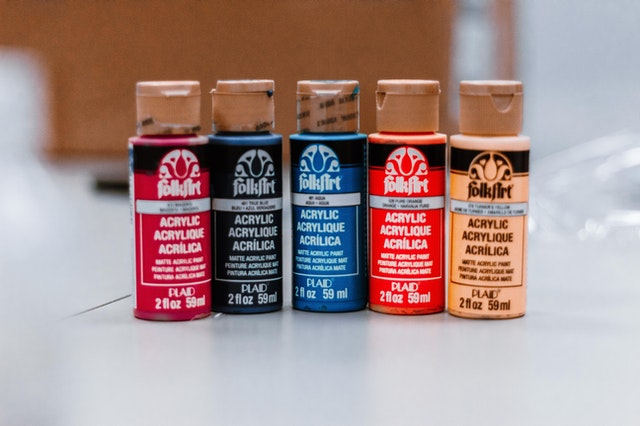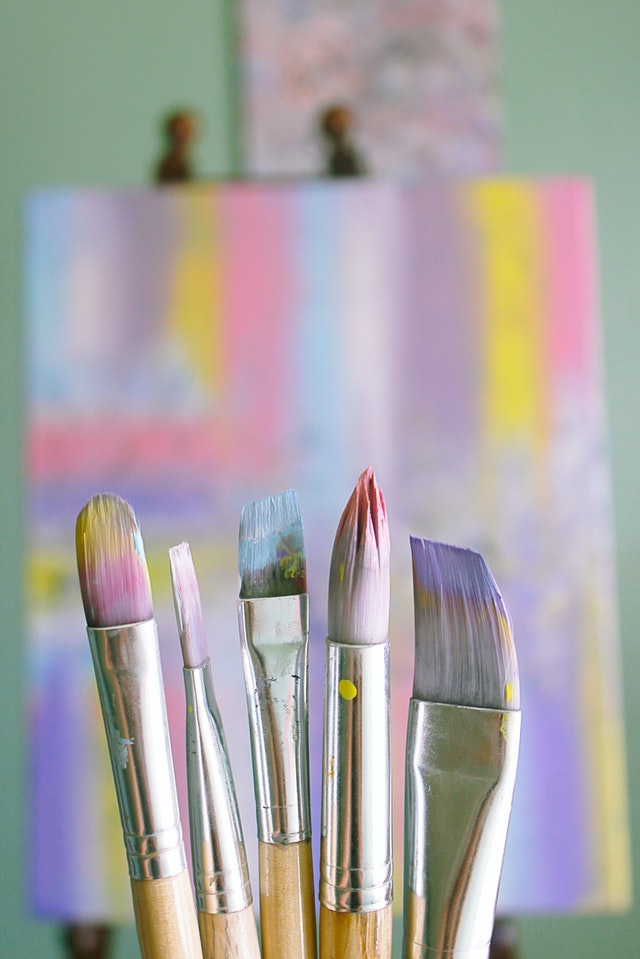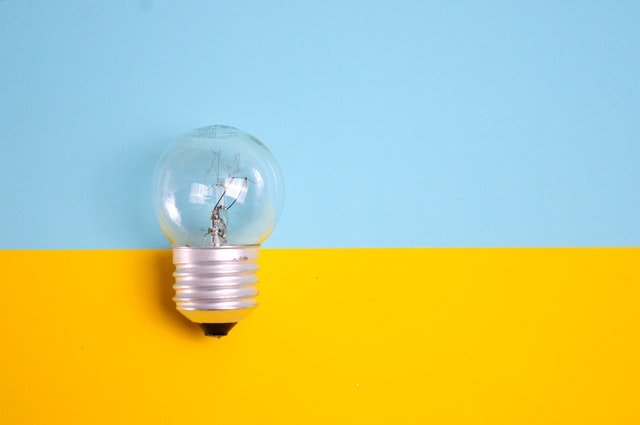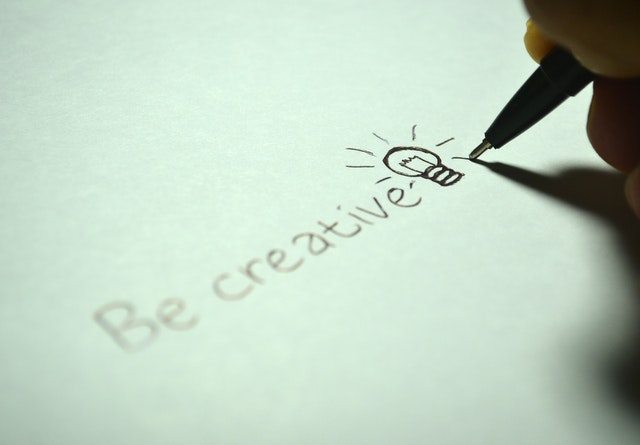To get the best out of your art work or craft creation you need to master the tools and supplies. In this article let us understand the difference between water colours, poster and acrylic.
Water colours
Water colours are the most traditional and common way to paint. Colour pigments are mixed with water to create the solution used for painting. Watercolour paintings are made on wood, fabric, paper and canvas. For many surfaces, the first coating has to be gesso so that the water colours do not get distorted. Special water colour paper for artwork is made of cotton.
Pigments are the main ingredients in any colour medium. In case of watercolour, the pigment is contained in the most transparent medium available, water. Colours come out bright and vibrant in a water colour painting.
Earlier watercolour artists had to buy pigments and them mix them with gum arabic which acts as a binder. With a few additives like glycerin or honey your watercolour cake is ready to be used. After organic compounds were discovered the whole process became much easier. Commercial water colours are now available in two forms, either as a paste in a tube or solid cakes. The tube contains a semi solid mix, which can be further diluted with water. Cakes on the other hand are ready as soon as a wet brush is touched.
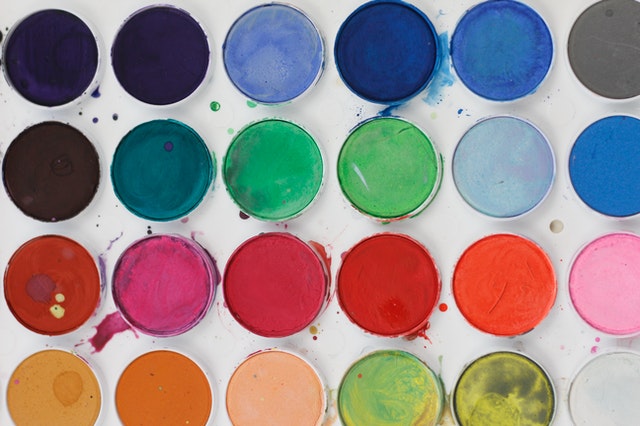
Watercolours can produce the most vibrant effect, as close to the naked eye can see. Artists love the way they are able to mix colours with a wet brush and canvas. It is smooth medium and can create depth and textures. Finally they dry fast and your artwork is ready as soon as your mind is.
The only likely drawback to a water colour painting that it is not water proof. So be careful while using it for your art or craft work. One way to overcome this issue is to seal your work by using resin.
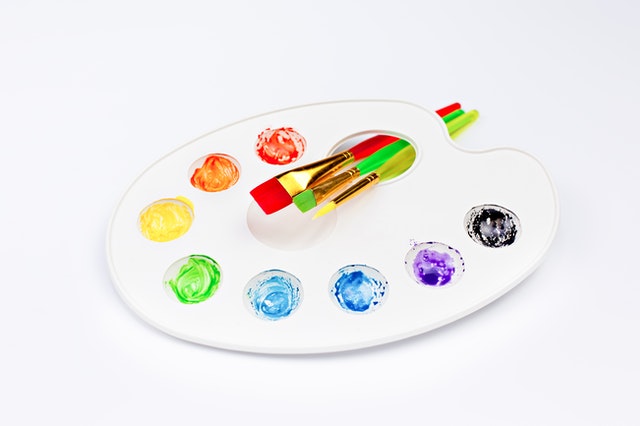
Poster colours
All of us used poster colours in school for art work which was part of our curriculum. For beginners it was water colours but as you moved up a level, you started working with those cute little glass bottles full of bright colours. Poster colours are the most widely used paints because of the affordability factor. They dry up fast and are washable so cleaning up is easy. Poster colours are dense and give a smooth matte finish and are completely opaque. You can dilute them with water and they easily mix with each other. Just like water colours, your final product will not be waterproof.
Poster colours today are also available in fluorescent shades which are more bright and vibrant.
Acrylic colours
Acrylic colours or acrylic paint is a recent invention. It came up because of the discover of synthesised chemicals as alternative to organic pigments. Acrylic paint is made from colour pigments mixed with acrylic polymer or acrylic resin. This component makes the paint extremely weatherproof. Acrylic colours can be used outdoor without the art work losing its lustre or getting washed away by rain water. Resin also makes the paint resistant to cracking or blistering and gives it better adhesive properties. Acrylic colours need not be diluted with water and can be directly used on the painting surface. Acrylic are scratch resistant and have a long lasting gloss.
Depending upon how much water is mixed, you can make your painting look like a water colour or like an oil painting. Most hobbyists use acrylic paint directly from the bottle. It is widely used in craft work such as decoupage. The advent of crafters who upscale items for home decor has created an explosion of interest in acrylic colours. They can be applied on a variety of surfaces using a number of tools like brush or sponge.
